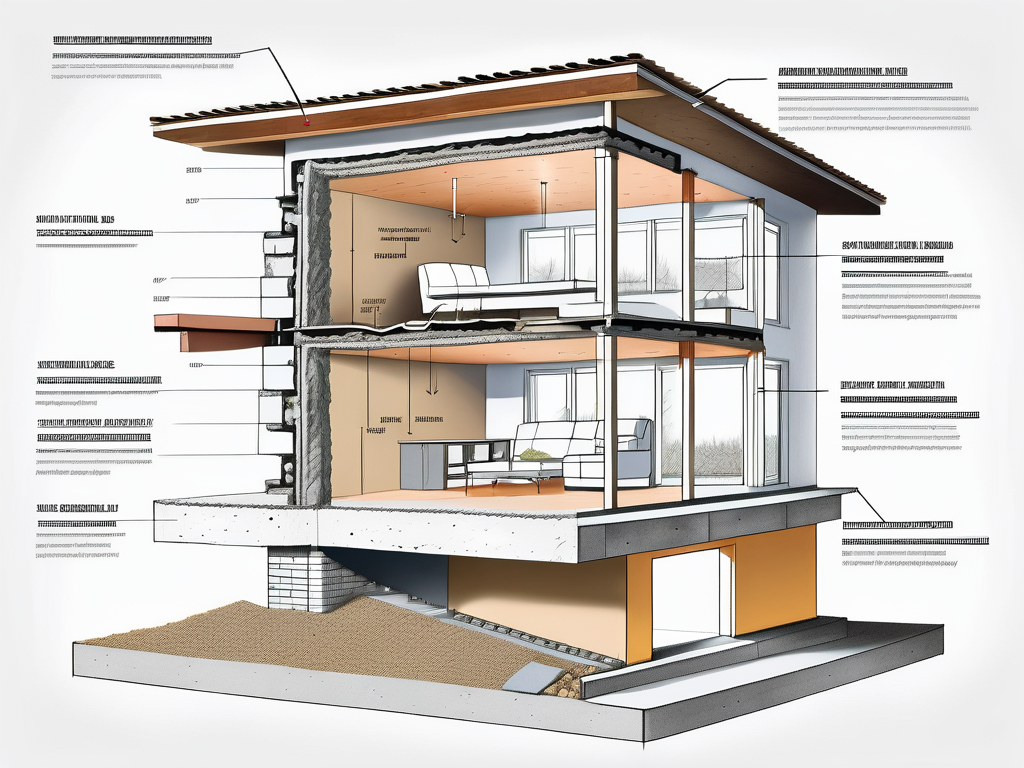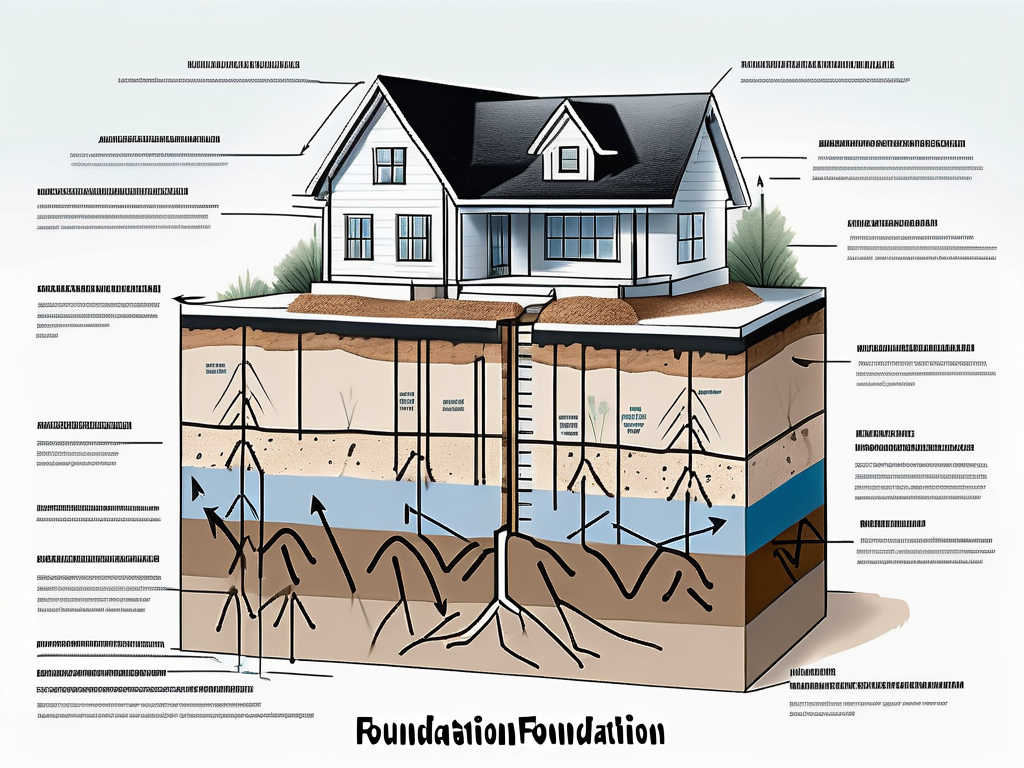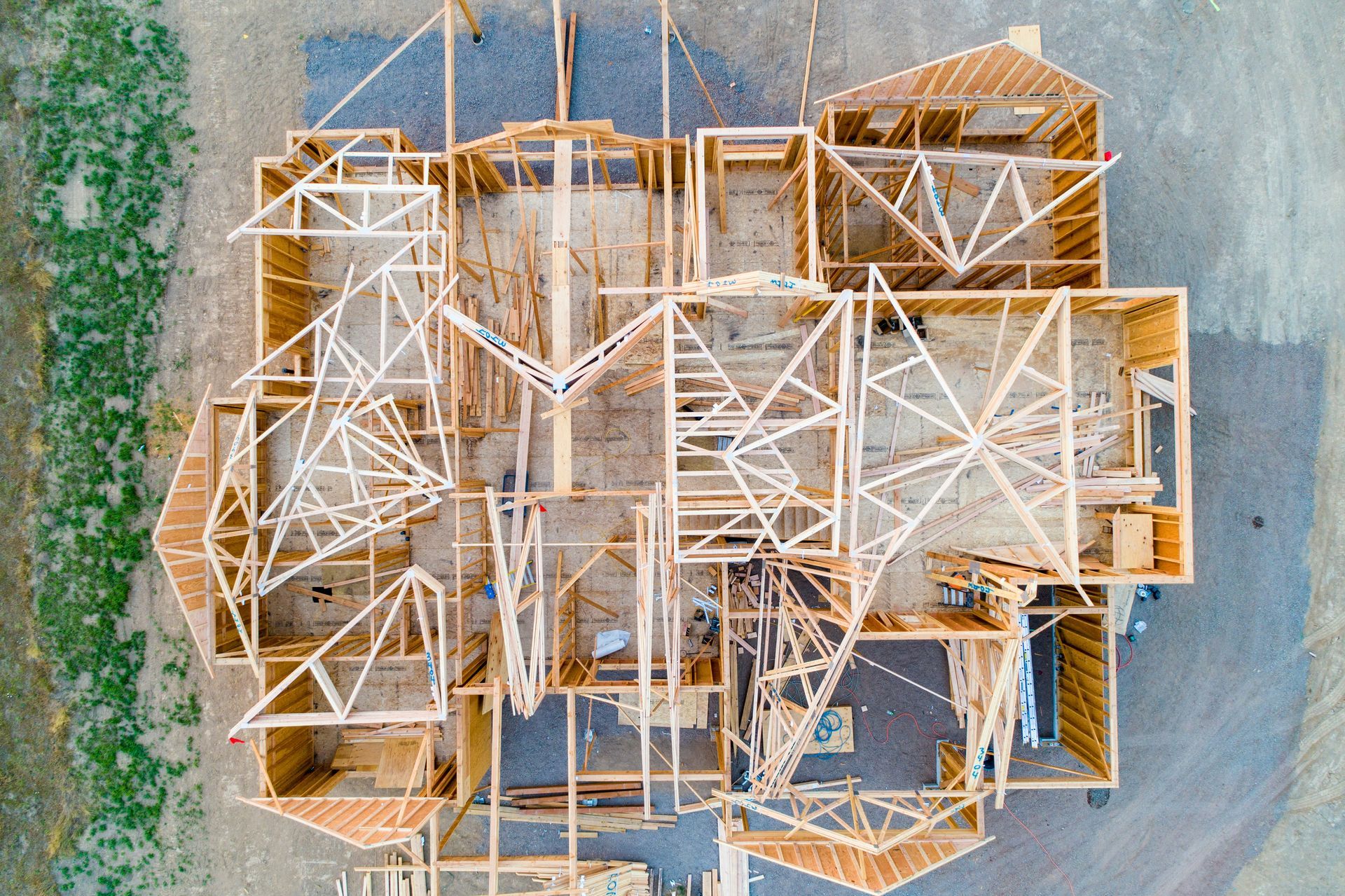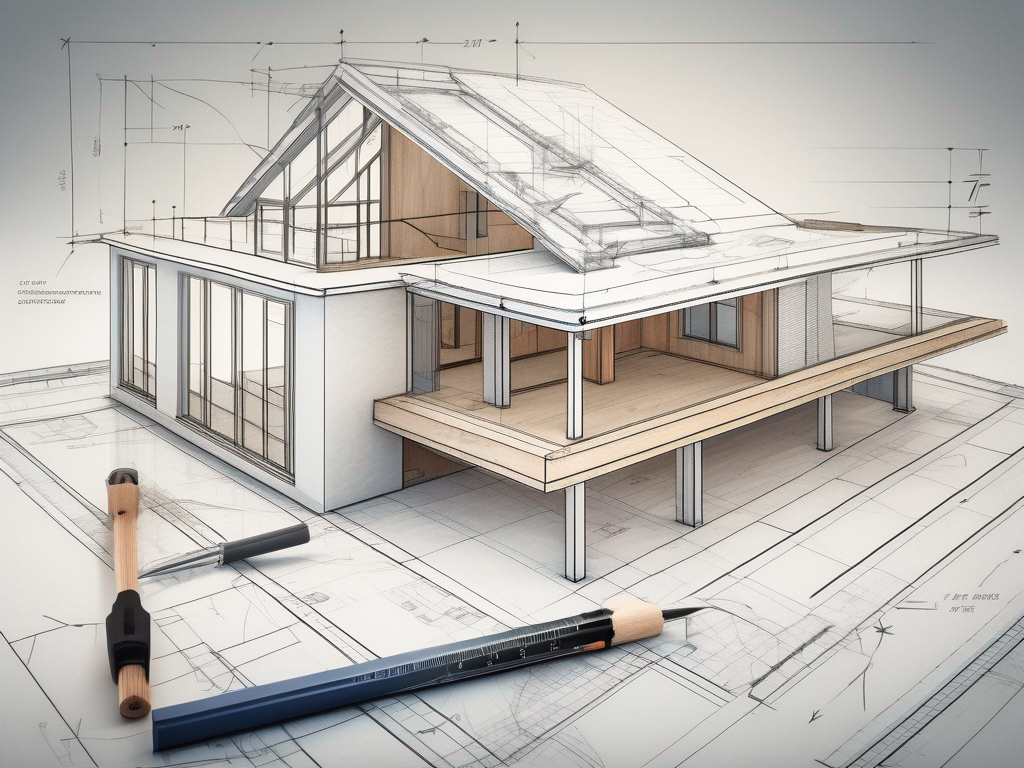The Foundation of Your Home: What You Should Know
The Foundation of Your Home: What You Should Know
Your home's foundation is one of its most crucial components. It supports the structure, affects its aesthetics, and impacts its overall value. Understanding the importance of a solid foundation and knowing how to recognize and prevent foundation problems will save you from costly repairs and provide peace of mind. In this article, we'll explore various foundations, identify signs of foundation issues, and discuss preventative measures that can keep your home secure. Moreover, we'll include expert insights from TurnKey Homes.
Understanding the Importance of a Solid Foundation
The foundation of a house serves as the literal base upon which all other building elements rest. It takes the weight of the home and distributes it into the ground, which is essential to the structural integrity of any building. A solid foundation also provides stability against environmental factors like soil erosion, flooding, and shifting ground, which can threaten your home's durability. Without a robust foundation, even the most beautifully designed home can suffer catastrophic consequences, leading to costly repairs and safety hazards.

A stable foundation not only prevents physical damage but also plays a significant role in your home's energy efficiency. A well-constructed foundation minimizes drafts and keeps heating and cooling energy where it belongs—inside your home. This can lead to lower utility bills over time. Additionally, a properly insulated foundation can help regulate indoor temperatures, creating a more comfortable living environment year-round, which is particularly beneficial in regions with extreme seasonal variations.
The Role of the Foundation in Your Home
The foundation is designed to support the weight of the home, ensuring that it remains upright and level. It anchors to the ground and resists forces that could lead to structural failures, such as wind and seismic activity. The foundation provides a barrier against moisture, preventing issues like mold and rot. This is especially crucial in areas with high humidity or frequent rainfall, where water intrusion can lead to significant health risks and costly remediation efforts.
Beyond structural support, foundations also influence home design. The foundation type can determine the style and layout of the home, as each foundation offers different options for basement space, crawl space, and even slab levels. For instance, a full basement can provide valuable additional living space or storage, while a slab foundation may offer a more streamlined construction process. Homeowners should consider their lifestyle needs and future plans when selecting a foundation type, as this decision can impact both functionality and aesthetics.
How the Foundation Affects Your Home's Value
A home's foundation is a critical factor in real estate valuation. Prospective buyers assess the foundation condition, as any sign of damage can lead to decreased market appeal and lower selling prices. A well-maintained foundation can enhance your property's value by instilling confidence in buyers about the house’s longevity and livability. Furthermore, homes with updated foundations or those that have undergone professional inspections and repairs often command higher prices, as buyers are willing to pay a premium for peace of mind.
In contrast, visible issues with the foundation, such as cracks or unevenness, can deter potential buyers and increase negotiating power on their part, potentially leading to a lower sale price. Even minor cosmetic issues can raise red flags, prompting buyers to question the overall integrity of the home. Therefore, regular foundation maintenance and timely repairs are essential not only for preserving the home's structural soundness but also for maximizing its market value and appeal in a competitive real estate landscape.
Different Types of Home Foundations
Understanding the various types of foundations can help homeowners make informed decisions about construction or renovation projects. Here are some of the most common foundation types:

Concrete Slab Foundations
Concrete slab foundations are a popular choice in warmer climates. These foundations consist of a solid, thick slab of concrete that is poured directly on the ground. Without any crawl space or basement, this design minimizes the risk of moisture problems.
However, because they are directly on the ground, any shifting of the soil underneath can lead to cracking in the slab. Proper drainage and subgrade preparation are essential for long-term stability. Additionally, homeowners should consider insulation options, as concrete can be a poor insulator, leading to higher energy costs in colder months. Some builders also incorporate radiant heating systems within the slab, providing a comfortable and efficient heating solution.
Pier and Beam Foundations
Pier and beam foundations elevate the structure above the ground on columns or piers. This design is suitable for areas prone to flooding or moisture issues, as it allows air circulation to keep the underside of the home dry.
Homes with pier and beam foundations can also be easier to access for plumbing and electrical work, making repairs simpler than in homes with concrete slabs. Furthermore, this type of foundation can provide a buffer against pests, as the elevation can deter rodents and insects from entering the home. Homeowners may also find that they have more flexibility in adjusting the height of the home during renovations, allowing for a customized approach to landscaping and outdoor living spaces.
Basement Foundations
Basement foundations provide additional living space and a buffer against the elements. While they offer many advantages, they also come with challenges, particularly in flood-prone areas. Proper waterproofing is essential to protect against leaks and dampness.
Basements can significantly increase a home's value, as they offer versatility, whether for extra storage, living space, or a recreational area. Moreover, the potential for finishing a basement into a cozy family room or a guest suite can enhance the overall appeal of the property. Homeowners should also consider the installation of sump pumps and dehumidifiers to maintain a dry environment, ensuring that this valuable space remains functional and comfortable throughout the year. Additionally, the design of the basement can be tailored to include features like egress windows, which not only provide natural light but also serve as emergency exits, enhancing safety for the occupants.
Signs of Foundation Problems
Recognizing foundation problems early can help homeowners address serious issues before they escalate. Here are some warning signs to look for in your home:

Visible Cracks and Fractures
Cracks in walls, floors, or the foundation itself are often the first signs of a foundation issue. Hairline cracks may be minor, but wider cracks could indicate significant movement or settling soil. Regularly inspect your home for cracks, especially near windows and doors. It's important to note that the location and direction of these cracks can provide clues about the underlying problem; for instance, vertical cracks might suggest settling, while horizontal cracks could point to pressure from expanding soil.
In addition to visual inspections, consider monitoring the cracks over time. Marking their endpoints with a pencil and checking back after a few weeks or months can help you determine if they are widening or changing, which could signal a worsening foundation issue that requires immediate attention.
Doors and Windows That Stick
When doors or windows become difficult to open or close, it may be due to foundation movement. If frames warp or cling to their casing, this could indicate a shifting foundation that needs further investigation. Pay close attention to how these issues manifest; for example, doors that used to close smoothly may suddenly require a shove, or windows that once opened effortlessly may become nearly impossible to budge.
Additionally, sticking doors and windows can lead to further complications, such as damaged frames or broken hardware. If you notice this issue, it may be wise to consult with a foundation specialist who can assess the situation and recommend the best course of action to prevent further damage.
Uneven or Sloping Floors
An uneven floor can be an unmistakable sign of foundation problems. If you notice that the floors in your home slope or feel unsteady, it may be time to have a professional assess the foundation's integrity. Beyond just being a nuisance, uneven flooring can pose safety hazards, especially in areas with high foot traffic.
In some cases, you might also observe gaps forming between the floor and baseboards or between the floor and walls. These gaps can exacerbate the problem by allowing drafts and moisture to enter, potentially leading to mold growth or further structural issues. If you suspect that your floors are uneven, it’s advisable to conduct a thorough inspection and consider reaching out to a structural engineer who can provide insights into the severity of the foundation issues and recommend appropriate repairs.
Preventative Measures for Foundation Damage
Proper Drainage Techniques
Regular Foundation Inspections
Tree Root Management
Tree roots can pose a significant risk to foundations. Make sure to plant trees at a safe distance from your home and routinely monitor the root growth. If necessary, consult an arborist for help in managing or mitigating root issues.
Conclusion
Investing in your home's foundation is not just about structural support; it also influences value and energy efficiency. By understanding the different types of foundations, recognizing the signs of problems, and implementing preventative measures, homeowners can protect their most significant investment. TurnKey Homes emphasizes the importance of a solid foundation and recommends homeowners stay informed about their foundation needs to ensure a secure and valuable home.
Article Summary
- The foundation supports your home structurally and influences its market value.
- Common types of foundations include concrete slabs, pier and beam, and basements.
- Visible cracks, sticking doors, and uneven floors are warning signs of foundation issues.
- Proper drainage, regular inspections, and tree root management are essential for prevention.
Investing in foundational stability will enhance your home's longevity, efficiency, and value.
Let’s talk about your project
Fill out the form, or call us to set up a meeting at
We will get back to you as soon as possible.
Please try again later.












